By Phindarishisha Angelia Kharkamni
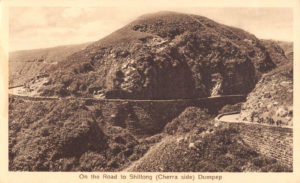 October 27 marked the World Day for Audiovisual Heritage, an occasion which celebrated organisations that safeguards and preserves audiovisual material. In this regard, The Northeast India Audiovisual (NEIAV) Archive presented ‘Postcards from the Past’, an exhibition showcasing postcards that were printed during the twentieth century. The collection of postcards displayed in the exhibition carried
October 27 marked the World Day for Audiovisual Heritage, an occasion which celebrated organisations that safeguards and preserves audiovisual material. In this regard, The Northeast India Audiovisual (NEIAV) Archive presented ‘Postcards from the Past’, an exhibition showcasing postcards that were printed during the twentieth century. The collection of postcards displayed in the exhibition carried 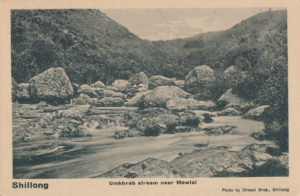 narratives and stories of a time and a place that we envision to be understood more deeply. The spectrum ranged from postcards printed in Europe by the Christian missionaries to raise revenue for the ministry that they had established in the Khasi and Jaintia Hills, to the ones printed by the famous Ghosal brothers. The postcards mostly depicted landscapes of the Khasi and
narratives and stories of a time and a place that we envision to be understood more deeply. The spectrum ranged from postcards printed in Europe by the Christian missionaries to raise revenue for the ministry that they had established in the Khasi and Jaintia Hills, to the ones printed by the famous Ghosal brothers. The postcards mostly depicted landscapes of the Khasi and 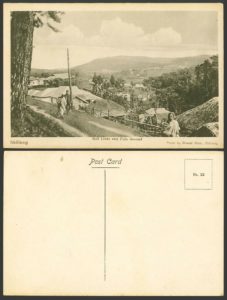 Jaintia Hills, the establishments of the British in Shillong, and encapsulated the customs, annals, and surprisingly unique practices of the Khasis and Jaintias in the early twentieth century, all of which contribute considerably to the study of the history of our land and its people.
Jaintia Hills, the establishments of the British in Shillong, and encapsulated the customs, annals, and surprisingly unique practices of the Khasis and Jaintias in the early twentieth century, all of which contribute considerably to the study of the history of our land and its people.
One postcard that particularly stands out demonstrates a Khasi man carrying another on a sling over his shoulders, featuring the way of life of an era long gone. Another postcard showed the presence of unique vault-like structures erected at Iewduh; these structures do not exist any longer. The most striking 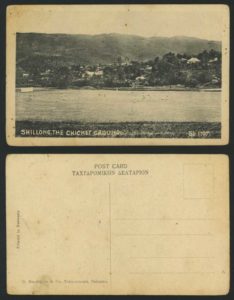 postcard to a major portion of the attendees was the one which depicted the stark beauty of the Wah Umkhrah in the 1920s, which when juxtaposed with its appearance today, broke their hearts, they claimed. The postcards displayed in the exhibition, like all recorded and preserved audiovisual materials, are a storehouse of inestimable knowledge that proves to be most advantageous to the study of history and culture, anthropology, and literature of the Khasi and Jaintia communities, and to the entire order of learning and academics, now and in the future.
postcard to a major portion of the attendees was the one which depicted the stark beauty of the Wah Umkhrah in the 1920s, which when juxtaposed with its appearance today, broke their hearts, they claimed. The postcards displayed in the exhibition, like all recorded and preserved audiovisual materials, are a storehouse of inestimable knowledge that proves to be most advantageous to the study of history and culture, anthropology, and literature of the Khasi and Jaintia communities, and to the entire order of learning and academics, now and in the future.
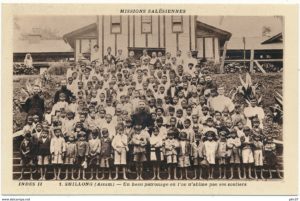 One of the attendees of the exhibition said, ‘It is of dire importance that we preserve any keepsake that ties our memory to the past’. Another mentioned the amount of knowledge that they gathered from what seemed like ‘the rarest collection of postcards’. Others mentioned the significance that such an exhibition, and the projects undertaken by the NEIAV Archive, have on the pursuit of learning, the arts, research and academics, an observation that is perfectly aligned with the visions of the NEIAV Archive.
One of the attendees of the exhibition said, ‘It is of dire importance that we preserve any keepsake that ties our memory to the past’. Another mentioned the amount of knowledge that they gathered from what seemed like ‘the rarest collection of postcards’. Others mentioned the significance that such an exhibition, and the projects undertaken by the NEIAV Archive, have on the pursuit of learning, the arts, research and academics, an observation that is perfectly aligned with the visions of the NEIAV Archive.
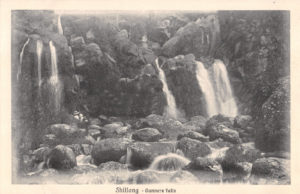 There exists a certain kind of detail in knowledge about the past that audiovisual materials encompass, that books are less successful in encapsulating and delivering. Therefore, the curation of the exhibition, along with its statement of the importance of audiovisual heritage in learning and academics, also conveyed the immediacy in the need to spread awareness about the importance of preserving and safeguarding audiovisual materials for the advancement of research and scholarship, another aim that the day endeavours to observe,
There exists a certain kind of detail in knowledge about the past that audiovisual materials encompass, that books are less successful in encapsulating and delivering. Therefore, the curation of the exhibition, along with its statement of the importance of audiovisual heritage in learning and academics, also conveyed the immediacy in the need to spread awareness about the importance of preserving and safeguarding audiovisual materials for the advancement of research and scholarship, another aim that the day endeavours to observe, 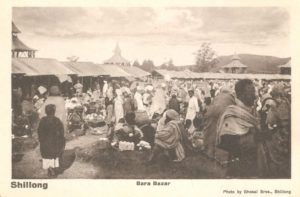 and that the NEIAV Archive was successful in realising through this exhibition.
and that the NEIAV Archive was successful in realising through this exhibition.
The Northeast India Audiovisual (NEIAV) Archive is an audiovisual public archive, located in the Department of Mass Media, St Anthony’s College, Shillong. It is funded by the Sasakawa Peace Foundation, Japan, and the Department of Tourism, Government of Meghalaya. The NEIAV Archive collects, digitises, stores and preserves old photographs, films, recordings, postcards and documents, with an aim to understand the history, culture and traditions of people and communities of Northeast India who lived in the past, and their evolution as they sojourned and moved through the spans of time.
The author is a student of Literature, who works with The Northeast India AV Archive.



